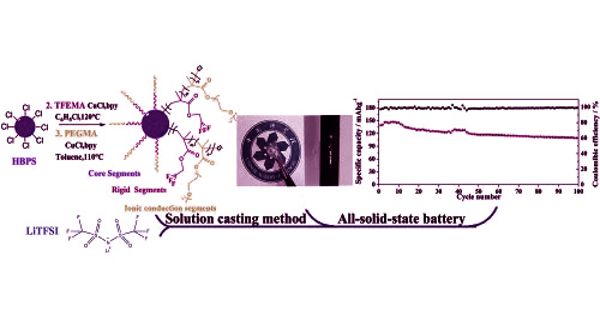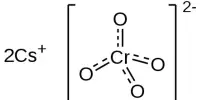A Research team developed electrolyte ion concentrate using fluoride-containing solvents
For applications such as portable electronics and transportation, improved battery energy capacity is much needed. The interest in “high power batteries” is high with the spread of electric cars. In this way, even lithium metal batteries use lithium metal on their anodes. The value of rechargeable battery technology, particularly lithium-ion batteries, has steadily increased with the global trend for efficient use of renewable energies and rapid growth of the electric vehicle industry. The dilemma, however, is that lithium metal stability is too great and stability is too poor. The technology was founded, which solved this by the battery “electrolyte.”
A Joint Research Group at the Unist School of Engineering and Electricity, led by Professor Nam-Soon Choi and Professor Sang Kyu Kwak, has developed an electrolyte ion concentrate using fluoride-containing solvents.
The traditional alkyl carbonate solvents in electrolyte solutions were substituted with fluorination cosolvents to achieve excellent efficiency. The electrolyte formed a shielding film on the negative electrode and the positive lithium-metal battery electrode, which improved the batteries’ longevity and performance.
Lithium metal battery or lithium-ion battery is charged and discharged as a lithium-ion pass between the positive and the negative electrodes. The direction through which the lithium ions travel is the ‘electrolyte’ and the electrolyte responds to a protective layer on the surface of the electrode (cathode/anode). A stable and safe surface layer on the cathode particles is the result of the improvement obtained by special surface reactions that are allowed by the existence of the fluorinated solvent molecules. If this protective film is not uniformly shaped, there is however a problem. Lithium metal increases sharply on the negative electrode, creating a short circuit, or changing the battery output of the positive electrode. Therefore an optimal form of the protective film is necessary and for that reason, the electrolyte elements need to be regulated effectively.
The research team of Professor Nam developed a fluorine-containing composition (F) to both preserve and improve the battery performance of both negative and positive electrodes. Fluorine responded to a protective layer on the surface of the lithium electrode with lithium and fixed it even after partly damaging the protective film. The surface films formed on the metal oxide lithiated transition cathodes isolate an extremely receptive active mass from continuous adverse reactions with the solution species against electrophilic alkyl carbonates.
“An anode protective layer was developed by the fluorine-containing electrolyte, and the electrolyte was decomposed by high voltages of 4V or above and anode access was solved,” explains Yongwon Lee, a Senior Researcher at the LG CEO, Ltd. “This allows high voltage, long-life metal batteries to be introduced.
Theoretical simulations were used by the team of professor Kwak to classify fluorinated solvent reaction patterns and reaction mechanisms. The fluorinated ether solution, which is more readily reduced than standard fluorine, has the ability to emit fluorine easily, thereby facilitating the forming of a cathode protective film (Fluorinated Interface). Kwak said This principle of calculation will help to develop the high-performance functioning of lithium-metal battery electrolytes and additives.”
“In order to design the electricity electrolyte system for the development of high energy cell densities, the interface stability mechanism will be used,” says Kwak. ‘The next generation high energy density battery, like lithium-ion batteries with the same positive electrode as lithium metal batteries, is supposed to be a significant aid in increasing the electrochemical efficiency.’















